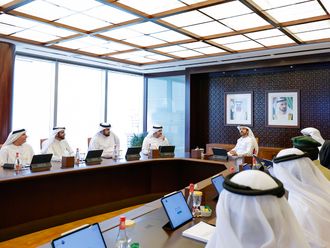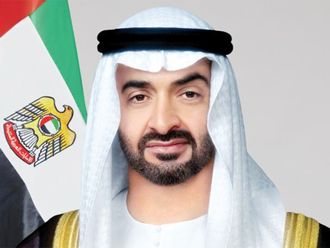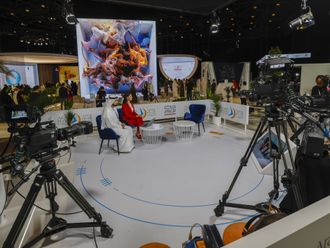Dubai: Dubai Municipality is building a new multi-million dollar waste treatment plant to remove hazardous pollutants from industrial liquid waste discarded from Jebel Ali industries, a top official said on Monday.
Industrial wastewater replete with salts, heavy metals, oils and suspended solids is increasing due to growing consumer demand for Dubai-made products by Dubai’s 2.4 million people.
In 2010, polluted wastewater from Dubai’s industries was recorded at 35,009 cubic metres for the year, while in 2015 that number climbed to 45,733 cubic metres, municipal statistics show.
In an interview with Gulf News on Monday, Naji Mohammad Saeed Al Radhi, Head of the Waste Treatment Section at Dubai Municipality, said the tender was awarded this year to start construction of a new 2,000 square-metre treatment facility in Jebel Ali that will begin operating in 2018.
The move mirrors plans by the municipality to add a new landfill site at Al Layan near the Abu Dhabi border by year’s end to meet future garbage disposal demands as space becomes more limited at Dubai’s four existing landfill sites, he said.
“This new plant will handle Dubai’s industrial liquid waste,” Al Radhi said in an interview after his remarks at the seventh edition of Waste Management Middle East Forum in Dubai on effective sustainable waste disposal.
The liquids to be treated, Al Radhi said, will primarily be “technically wastewater that is polluted with such things as oils, heavy metals, things that need pretreatment before disposal — 75 per cent of wastewater we receive will be reusable for irrigation [after treatment]. It will be harmless.”
The new plant design will enable several technicians at the plant to treat a maximum capacity of 600 cubic metres of hazardous liquid a day in future but Al Radhi said when the facility opens, it will likely process roughly 150 cubic metres at first or an estimated 150,000 litres of fluids per day.
The 150 cubic metre estimate would fill about seven tanker trucks used to transport hazardous liquids from factories to the plant or put another way, about 2,000 home bathtubs.
For now, an estimated daily production of hazardous liquid waste flowing from factories is around 100 cubic metres, said Al Radhi, adding that the current remediation process in outdoor storage reservoirs is being supervised and monitored by Dubai Municipality.
An older treatment plant was irreparable, prompting the need for a new facility, he said.
“Right now, it’s being stored in evaporation ponds but it’s very slow to do it [remediation] this way,” Al Radhi said.
Medical waste increasing
Nearly a decade after the implementation of Law No 115 to properly dispose of medical waste, Dubai is seeing a spike in its solid disposables discarded from hospitals and clinics, said Al Radhi.
According to municipal statistics, so far this year Dubai has witnessed a nine per cent increase in the amount of medical waste being trucked to Dubai’s medical waste incinerator opened in 2009 with a capacity of burning 19.2 tonnes of waste per day.
So far in 2016, the medical waste received topped 10.51 tonnes per day reaching 3,259 tonnes for the year to date as compared to 2015 when 9.66 tonnes were received daily for a total amount of 2,995 tonnes for the year, he said.











